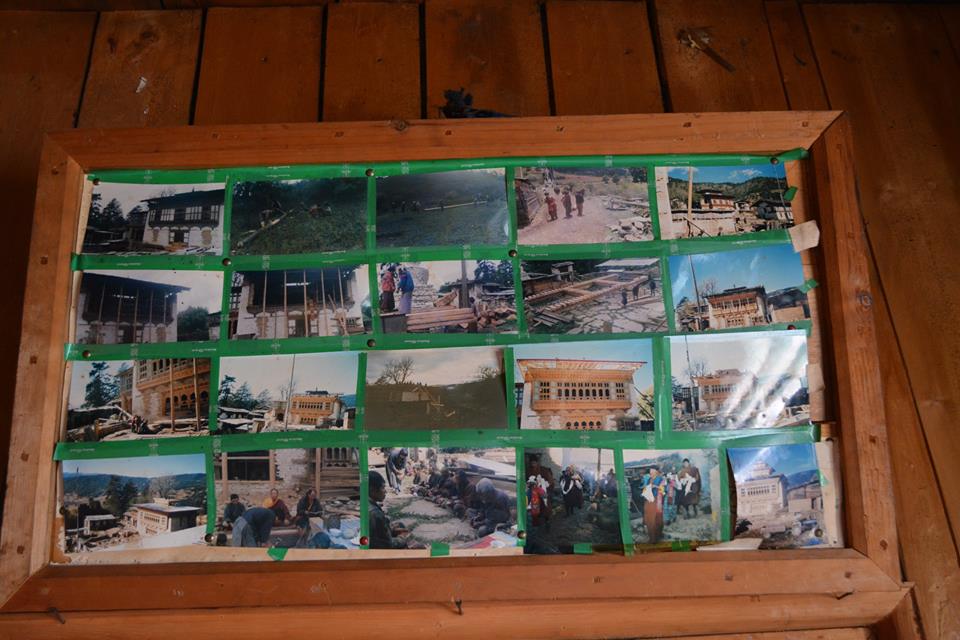 The foundation of the Sumtrhang’s restoration project lies in achieving to furnish the monastic institution with a proper hostel and classroom with a good library to start with, which is identified as the key to the general restoration and revival plan.
The foundation of the Sumtrhang’s restoration project lies in achieving to furnish the monastic institution with a proper hostel and classroom with a good library to start with, which is identified as the key to the general restoration and revival plan.
The structural restoration began in 2000 with the renovation of the Sumtrhang’s main monastic temple. The wooden parts of the temple were replaced and new mural paintings were done. Although the renovation of the main temple is almost done after decades of gradual work since the work started in 2000, rest of the structural need for the complete restoration of Sumtrhang’s monastic culture and tradition still remains.
Immediate need for a hostel to accommodate at least 30 students, seven classrooms, a library, a good kitchen and toilet complex for hygiene and sanitation is a priority. These structures will be built around the temple.
The funding support, therefore, is sought for the structural construction, which is key to the revival project without which, the monastery could not afford to recruit any students. The foundation is able to secure about 30 percent of the total funding required through support from Tibet House through the guidance and support of the His Holiness the Chabgoen Chetsang rinpoche’s secretariat in Drikung Jangchubling and other individual students, well-wishers and supporters of Sumtrhang.
It is found that reviving the monastic school is the only sustainable solution for restoration of Sumtrhang’s culture and tradition including the endangered mask dances. This is because, to upheld the Sumtrhang’s monastic tradition and cultures, the monastery needed its own school where there are monks and nuns who would study and practice the tradition and cultures.
The monastery plans to institute a school of Buddhist and cultural studies. The aim will be to provide an excellent Buddhist study with modern employable skills such as the management and administrative education to produce students of religious and cultural knowledge with the option to become a lifelong dedicated Buddhist practitioner or a layman equipped with both cultural wisdom and modern skills to lead a dignified life outside the religious fence. Therefore, accomplishing the provision of educating the next generation with culture and value education, as Bhutan is loosing so much of its cultural values for globalization.
The restoration will focus on two aspects, which are key to the success of a sustainable restoration.
- Restore Monastic School: Which focuses on instituting a quality monastic school aiming to excel in the Buddhist and Bhutanese cultural education for the next generation. This is considered as the foundation of the restoration plan. This is because, to sustain and preserve a Buddhist monastic tradition, the need of a monastic school, where there are students to take care of the monastic tradition is the key. To attract students to the monastic school today, it is found that we need a competitive educational scheme that can provide both religious cultural knowledge and employable skills in case if they drop out into the lay ordinary life and practice. The school restoration, therefore, focuses on ensuring religious cultural knowledge with modern skills and knowledge. As a part of this, a project of the construction of hostel and classes for a nunnery is in progress currently.
- Restore Practice and Retreat: This will focus on building an institution of practice for those stients wishing to further continue in their spiritual quest after learning. It is aimed at restoring the retreat center of Sumthrang in ruins to a wellness center where religious and lay individuals both from outside and within the monastic community can use the facility for long-term as well as short-term retreat and meditation practices.
